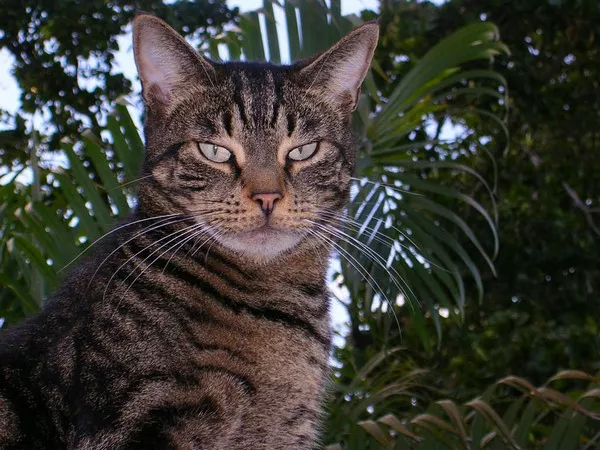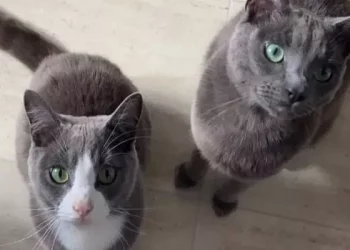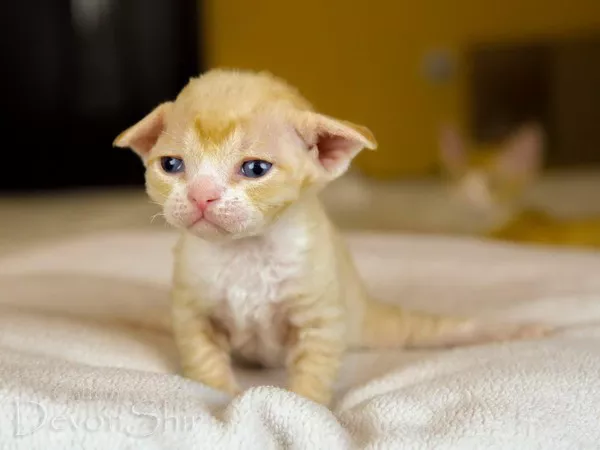Cats come in a vast array of breeds, each with its unique characteristics and charm. Two popular and beloved feline breeds are the Himalayan and American Shorthair. While both breeds are known for their endearing personalities and striking appearances, they have distinct features that set them apart. In this article, we will delve into the differences between the Himalayan and American Shorthair cats, shedding light on their origins, physical attributes, temperaments, and care requirements.
The Origins of the Himalayan and American Shorthair Breeds
1. Himalayan Cats
The Himalayan cat is a captivating breed that resulted from the crossbreeding of Persian and Siamese cats. This deliberate hybridization aimed to combine the luxurious coat of the Persian with the color points and striking blue eyes of the Siamese. The breed’s name is inspired by the Himalayan mountain range, as the Siamese cats’ color points resemble the patterns found in some Himalayan animals.
2. American Shorthair Cats
The American Shorthair breed, on the other hand, has a long and storied history in the United States. These cats are descendants of European cats that accompanied early settlers to North America. Over the years, they adapted to the American environment and evolved into a diverse and robust breed. The American Shorthair’s versatility and adaptability have earned it a place as one of the most popular cat breeds in the United States.
Physical Characteristics
1. Himalayan Cats
Himalayan cats have a striking and luxurious appearance. They have a medium to large-sized body with a round head and large, expressive eyes that can be deep blue or vivid copper, depending on the coat color. Their coat is long, silky, and dense, with a color-point pattern, where the body is lighter in color than the points, which include the ears, face, paws, and tail. The Himalayan’s coat color can vary widely, ranging from lilac and cream to chocolate and seal.
2. American Shorthair Cats
American Shorthair cats are characterized by their sturdy and muscular build. They have a medium to large-sized body with a broad chest and well-defined shoulders. Their heads are rounded with a slightly squared muzzle, and their eyes are large and expressive. The American Shorthair’s coat is short, dense, and resilient, available in a wide array of colors and patterns. Unlike the Himalayan, the American Shorthair does not have color points.
Temperament and Personality
1. Himalayan Cats
Himalayan cats are known for their calm and gentle demeanor. They are affectionate, loving, and enjoy spending time with their human companions. These cats are often described as “lap cats” due to their desire to curl up on their owners’ laps and bask in their affection. Himalayans tend to be less active than some other breeds and prefer a relaxed and peaceful environment.
2. American Shorthair Cats
American Shorthair cats are renowned for their friendly and adaptable nature. They are known to get along well with children, other pets, and even strangers. These cats are playful, intelligent, and enjoy interactive playtime with their owners. American Shorthairs are independent yet affectionate, striking a balance between seeking attention and enjoying moments of solitude.
Grooming Needs
1. Himalayan Cats
Due to their long, luxurious coats, Himalayan cats require regular grooming to maintain their fur’s health and prevent matting. Daily brushing is recommended to remove loose hair and tangles, as well as to prevent the accumulation of hairballs. Regular eye cleaning is also necessary for Himalayans, as they are prone to tear staining due to their flat facial structure.
2. American Shorthair Cats
American Shorthair cats have short coats that are relatively low-maintenance. While they do shed, their grooming needs are less demanding than those of Himalayans. Weekly brushing is usually sufficient to keep their coat in good condition and reduce shedding. Occasional eye cleaning and dental care are also essential for maintaining their overall health.
Health Considerations
1. Himalayan Cats
Himalayan cats are prone to certain health issues common in Persian cats due to their shared lineage. Some of the health concerns to be mindful of in Himalayans include respiratory problems due to their short nose and flat face, dental issues, and polycystic kidney disease (PKD). Responsible breeding practices can help minimize the risk of inherited health problems in the breed.
2. American Shorthair Cats
American Shorthair cats are generally healthy and robust, with a reputation for longevity. They are known for their resilience and adaptability, which contributes to their overall well-being. As with all cats, regular veterinary check-ups and a balanced diet are essential for maintaining their health and longevity.
Living Environment
1. Himalayan Cats
Himalayan cats thrive in a calm and peaceful environment where they can enjoy the company of their owners. They prefer indoor living due to their long coat and delicate nature, which makes them less suited for outdoor adventures. A quiet home with plenty of cozy spots for relaxation is ideal for Himalayans.
2. American Shorthair Cats
American Shorthair cats are adaptable to various living environments, including indoor and outdoor spaces. They enjoy the opportunity to explore and engage in play both indoors and outdoors, making them a good fit for families with access to secure outdoor areas.
Conclusion
The Himalayan and American Shorthair cats are two distinct and beloved breeds, each with its unique charm and characteristics. While the Himalayan boasts a luxurious coat and gentle demeanor, the American Shorthair stands out for its versatility and friendly nature. Understanding the differences in their physical attributes, temperaments, grooming needs, and health considerations will help prospective cat owners make an informed decision when choosing the feline companion that best suits their lifestyle and preferences. Whichever breed they choose, cat enthusiasts are sure to find joy and companionship in the affectionate and endearing nature of these remarkable feline companions.











![Do Birman Cats Like to Cuddle? [Revealed!]](https://www.catsmeowweb.com/wp-content/uploads/2023/06/burmese-cat-32.webp)














